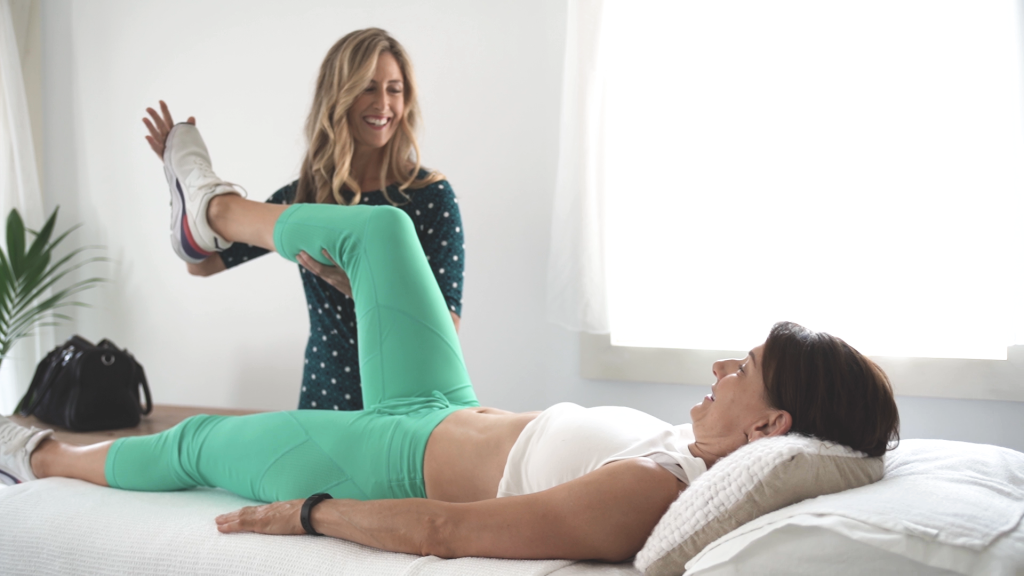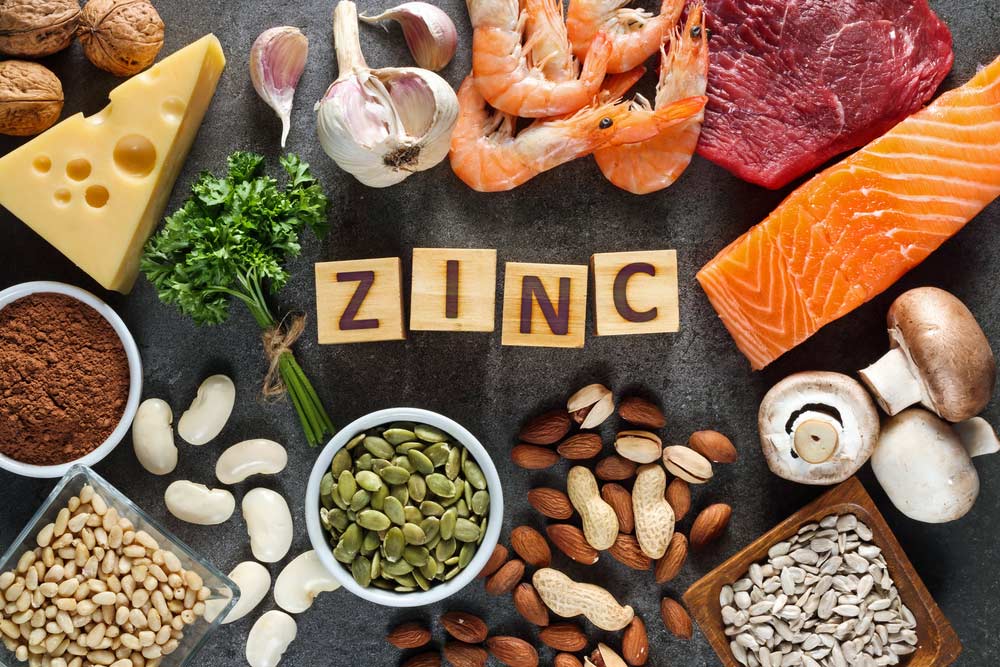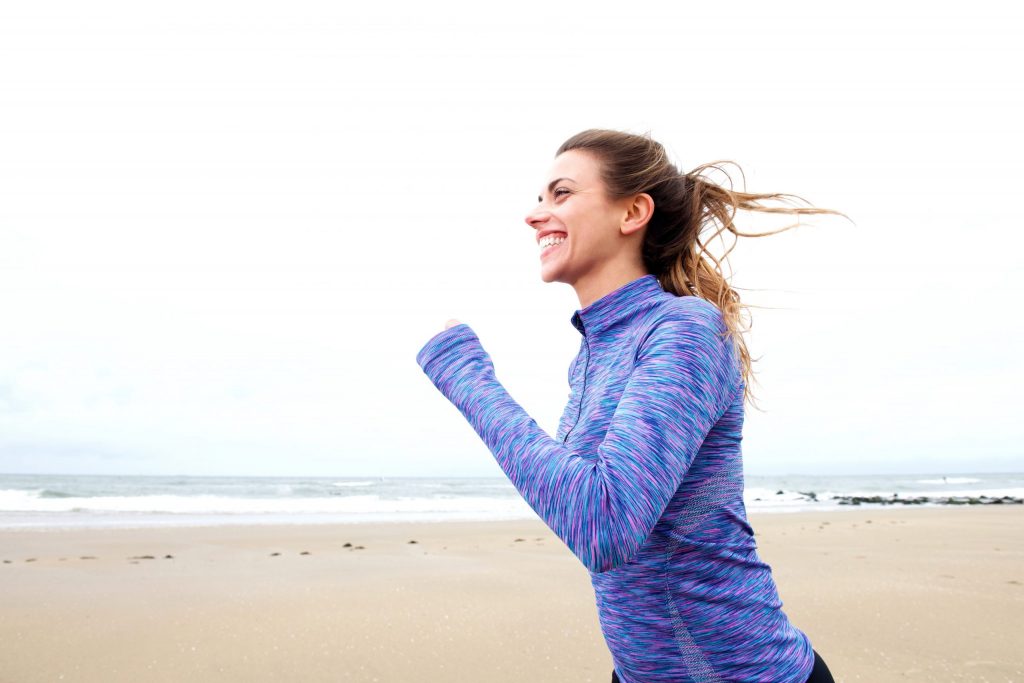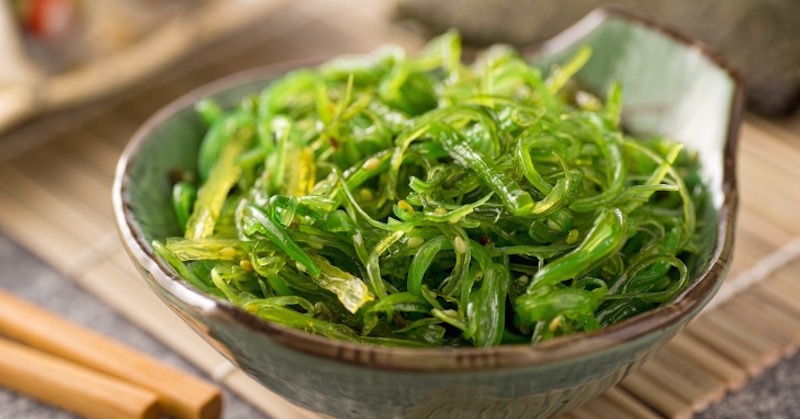Sports naturopathy, also known as sports focussed naturopathic medicine, uses natural healing approaches and offers many potential benefits for athletes.
Naturopathic practitioners (Naturopaths) aim to maintain optimal health through a balanced and yet comprehensive approach. Naturopathy complements other conventional medical and allied health practices.
Potential benefits of sports naturopathy for athletes include:
Holistic Approach: Sports naturopathy takes a holistic approach to health, considering the physical, mental, and emotional aspects of an individual. A naturopath is trained in nutritional medicine, biochemistry, herbal medicine, pharmacology and pathology. A scientific medicine and a complex holistic approach can be particularly beneficial for athletes as it addresses the whole person, rather than just isolated symptoms.
Individualised Treatment: Naturopaths create personalised treatment plans for athletes based on their specific nutritional needs, sporting goals, and health conditions. This facilitates targeted and effective interventions.
Nutrition and Dietary Guidance: Proper nutrition can enhance energy levels, prevent illness and nutrient deficiency, and overall sports performance. A food first approach focusses on using food as medicine. A naturopath will also provide balanced and nutritious guidelines to meet an athlete’s nutritional requirements.
Natural Solutions: Heavily researched and synergistic natural solutions such as vitamins, minerals, and herbal medicines are used to support athlete’s health and performance. These supplements are chosen based on scientific evidence and matched to the individual’s needs. We draw on the vast number of published research papers on global medical databases and carefully assess the integrity quality and validity of papers and underlying research projects.
Stress Management: Athletes can experience high levels of physical and emotional stress as part of living a very full life.. Adaptogens are a category of natural medicines that modify stress hormones such as cortisol and support calming neurotransmitters like GABA. Adapatogens better equip the athlete to consistently perform well under pressure by adjusting the nervous system’s response to stress.
Injury Prevention and Repair: Naturopathic treatments promote healing of bone fractures, muscle, tendon and ligament damage and underlying inflammation. Naturopathic anti-inflammatory medications and nutrition have been shown to have similar effects as non-steroid anti-inflammatory medications with limited side effects.
Detoxification: Where appropriate gentle detoxification approaches can help athletes maintain optimal organ function and overall health.
Pain Management: Sports naturopathy offers various natural solutions that ease pain as part of injury management, neurological issues, painful periods and headaches. These approaches may help athletes manage pain without relying solely on pharmaceutical medications.
Enhance Recovery: Poor recovery can be a sign of underlying health imbalances. Minerals and herbal medicines promote muscle relaxation and reduce inflammation. Sports naturopathy complements other recovery techniques such as water running, anti gravity, Normatec recovery systems, cold water and sauna therapy. A naturopath may also refer to massage, kinesiology, bowen, osteopathy and myopathy.
Optimise Immune Function: Immune support is crucial for athletes who are prone to overexertion and increased susceptibility to illness. So often athletes get run down and sick right before competition and in the weeks following. A preventative approach including key immune boosting nutrients, wholefood medicines and herbs can be beneficial and well tolerated during times of high stress.
Digestive Health: Proper digestion and absorption of nutrients is key foundation in sports naturopathy. Naturopaths work to resolve digestive symptoms such as bloating, diarrhoea and urgency are common issues.
Long-Term Wellness:. By addressing the root causes of health issues and providing preventive strategies, athletes can aim for sustained peak performance over time and minimise health issues.
It’s important to remember that while sports naturopathy can offer these potential benefits, as with all medical interventions, individual responses may vary. Athletes should consult with a qualified sports focussed naturopath to create a comprehensive and well-rounded approach to their health and performance.













